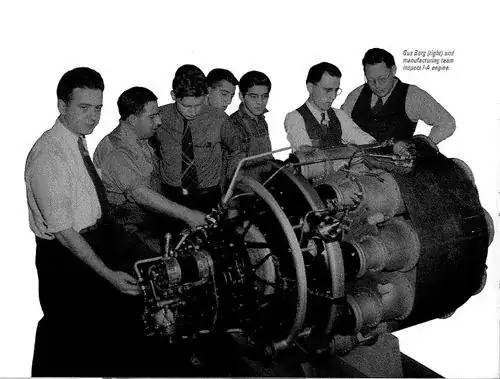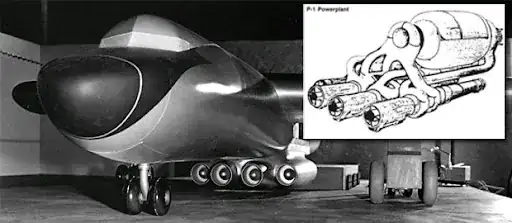Really hot is not as big a deal if it is really small.
Consider the experimental tokamak fusion reactors. They are real. They are hotter than one million degrees. They are sitting on the earth. How?
from https://www.euro-fusion.org/faq/new-what-is-the-temperature-generated-in-a-tokamak-reactor-how-can-the-inner-wall-material-resist-that-temperature/
In order for fusion to occur in the very hot gas – or plasma – we
create inside JET, the plasma must be heated to temperatures in excess
of 150 million degrees Celsius. In order to achieve this, the plasma
is actively held away from the walls of the tokamak container by using
powerful magnetic fields.
However, it does sometimes touch the walls: what material could
withstand that temperature? The key here is that there is only a very
small amount of plasma there( ~0.1 g). So although it is exceptionally
hot, this is counteracted by the very small amount, compared with the
wall, which is many hundreds of tonnes in mass. Therefore the wall can
withstand impact without getting seriously damaged.
So too the thrusters of your ship. A really hot reactor like this could work like a ramjet in the atmosphere, ramming in atmospheric gas and spitting it out the back under pressure. The gas flow will keep things from heating up too much.
In fact a hot little fusion reactor seems to me to pose more trouble in space, where you do not have ready mass at hand for coolant, or to throw behind you for propulsion. But that was not your question.


